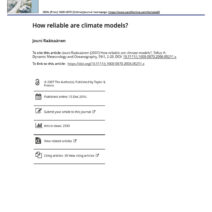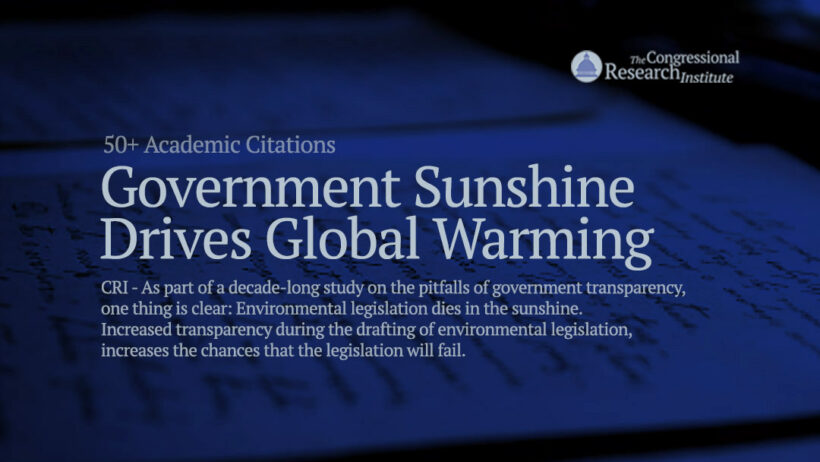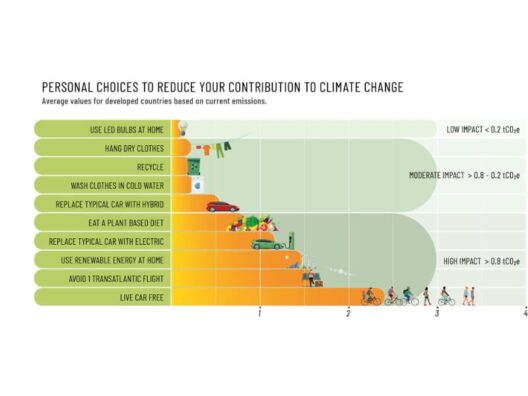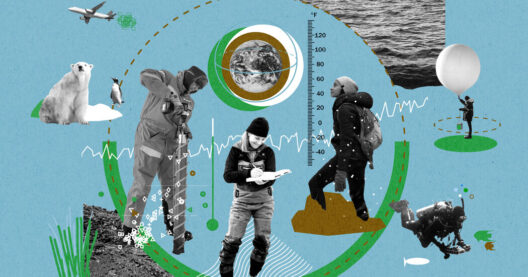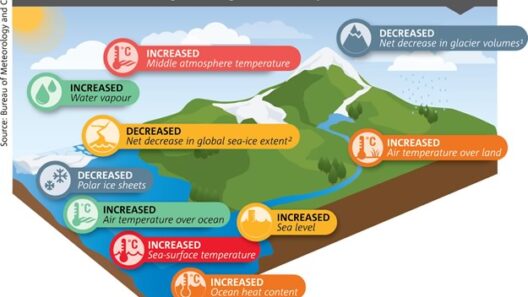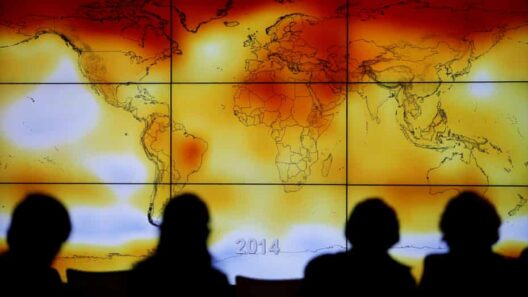Global warming stands as one of the most pressing issues facing humanity. Understanding the mechanisms that fuel this phenomenon is vital for effectively addressing its catastrophic effects. This discourse delves into the engines of heat that drive global warming, examining greenhouse gases, anthropogenic influences, and the intricate feedback loops that exacerbate climate change.
At its core, global warming is the result of an increase in greenhouse gases (GHGs) in the Earth’s atmosphere. These gases include carbon dioxide (CO₂), methane (CH₄), nitrous oxide (N₂O), and a variety of other compounds. They function in a manner akin to a thermal blanket, trapping heat from the sun and preventing it from escaping back into space. This process, known as the greenhouse effect, is natural and essential for sustaining life. However, human activities have significantly augmented the concentrations of these gases, leading to an enhanced greenhouse effect. Carbon dioxide is released primarily through the combustion of fossil fuels, deforestation, and various industrial processes. Methane, despite being less abundant, possesses a heat-trapping capability that is over 25 times more potent than CO₂ over a century. It is emitted during fossil fuel extraction, agricultural practices, and waste decomposition.
The role of nitrous oxide, although often overshadowed by its carbon counterpart, cannot be neglected. Primarily resulting from agricultural activities, such as the use of synthetic fertilizers, nitrous oxide is another potent greenhouse gas that exacerbates the warming effect. Moreover, industrial processes emit a smorgasbord of other GHGs, contributing to climate change. These gases encompass fluorinated compounds, which, although present in minor quantities, pose a significant threat due to their high global warming potentials.
Humanity’s insatiable thirst for energy acts as a significant catalyst for the escalation of greenhouse gas emissions. The global reliance on fossil fuels—coal, oil, and natural gas—lies at the epicenter of this crisis. The combustion of these fuels for electricity generation, transportation, and heating directly correlates with rising atmospheric CO₂ levels. The transition to renewable energy sources, such as wind, solar, and hydroelectric power, is imperative in mitigating these emissions and stabilizing the climate.
In addition to energy consumption, deforestation plays a consequential role in amplifying global warming. Forests function as critical carbon sinks, absorbing CO₂ during the photosynthesis process. However, when trees are felled for agriculture or urban development, the stored carbon is released back into the atmosphere, compounding the greenhouse effect. This not only exacerbates climate change but also results in the loss of biodiversity and destabilizes ecosystems, creating a vicious cycle of environmental degradation.
The intricate interplay of these elements introduces the concept of positive feedback loops in the context of climate change. For instance, as global temperatures rise, polar ice caps and glaciers begin to melt. This melting alters the albedo effect, whereby the Earth’s surface loses its reflective quality, leading to greater absorption of solar radiation and further warming. Similarly, permafrost thawing releases stored methane, further intensifying the greenhouse effect. Each of these feedback mechanisms propels the climate toward a perilous tipping point, where the consequences may become irreversible.
In light of the multifaceted contributors to global warming, it becomes clear that solutions must be equally varied and comprehensive. Mitigation strategies encompass a broad spectrum of approaches, from individual lifestyle changes to global policy initiatives. Individuals can make impactful choices, such as reducing energy consumption, utilizing public transport, and supporting sustainable products. Collectively, these actions contribute to lowering overall demand for fossil fuels and reducing GHG emissions.
On a larger scale, international agreements such as the Paris Agreement aim to unite countries in the fight against climate change. The goal of limiting global warming to well below 2 degrees Celsius above pre-industrial levels mandates collective action across nations, ecosystems, and economies. This necessitates commitments to renewable energy development, energy efficiency improvements, and sustainable land use practices.
While the consequences of global warming are far-reaching, they also present opportunities for innovation and growth. The transition to a carbon-neutral economy will likely spur advancements in technology, job creation in green sectors, and sustainable practices across industries. Individuals and communities placing an emphasis on sustainability can help chart a more resilient future for the planet.
Education and awareness serve as foundational pillars in the battle against global warming. Understanding the science behind climate change equips individuals and communities with the tools they need to advocate for sustainable practices and policies. Initiatives that foster environmental awareness can cultivate a culture of responsibility, driving collective action that addresses the underlying causes of climate change.
In conclusion, the engines of heat driving global warming stem from a combination of human-induced emissions, energy consumption patterns, deforestation, and positive feedback loops. Recognizing and addressing these intertwined components is crucial for enforcing robust climate action. By prioritizing sustainable practices, embracing renewable energy, and increasing awareness, individuals and communities can stand at the forefront of combating this existential threat. Though the challenges are monumental, the imperative to act is unequivocal. Collective action today can mold a more sustainable reality for tomorrow, ensuring that future generations inherit a habitable planet.

